Long-Term Dimensional Stability of Phenolic Foam Boards
2025-06-18 11:55:41
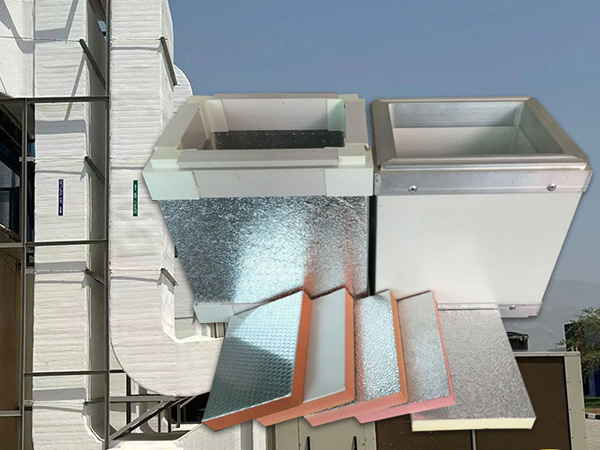
Long-Term Dimensional Stability of Phenolic Foam Boards
1. Key Factors Affecting Stability
Phenolic foam boards generally exhibit good dimensional stability, but the following factors may cause long-term deformation:
Moisture Absorption – Although low, prolonged exposure to high humidity (>90% RH) can lead to slight expansion.
Thermal Cycling – Repeated temperature fluctuations (e.g., day-night cycles) may induce micro-cracks or warping.
Mechanical Loads – Continuous compression (e.g., under heavy cladding) can cause creep deformation.
UV Exposure – Unprotected outdoor use may degrade the surface, leading to uneven shrinkage.
2. Observed Stability Issues
Warping/Bowing – Occurs in poorly fixed or unevenly heated panels.
Edge Shrinkage – Due to resin aging, especially in low-density foams.
Joint Gaps – Expansion/contraction may open seams in rigid installations.
3. Mitigation Strategies
Material Selection – Use high-density phenolic foam (≥60 kg/m³) for better stability.
Proper Installation – Allow expansion gaps (3–5 mm per 3 m) and use flexible sealants.
Moisture Protection – Apply vapor barriers in humid climates.
UV Shielding – Coat with protective layers (e.g., acrylic, aluminum foil) for outdoor use.
4. Testing & Standards
ASTM D2126 – Evaluates long-term dimensional changes under controlled humidity/temperature.
ISO 2796 – Measures linear shrinkage after heat aging.
Note: Most quality phenolic foams show <1% dimensional change over 20 years in normal conditions.
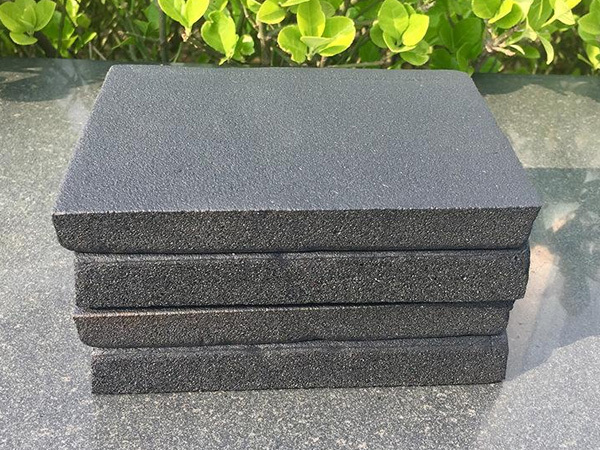
OurFlame Retardant Rubber Foamis a premium closed-cell elastomeric insulation material engi...
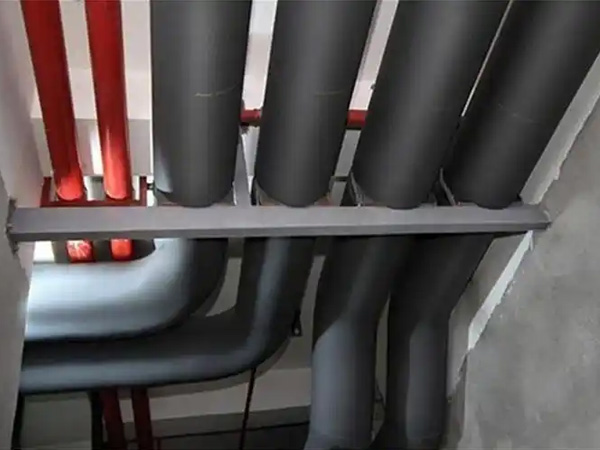
OurRubber Pipe Insulationis a high-performance solution designed specifically for HVAC pipi...
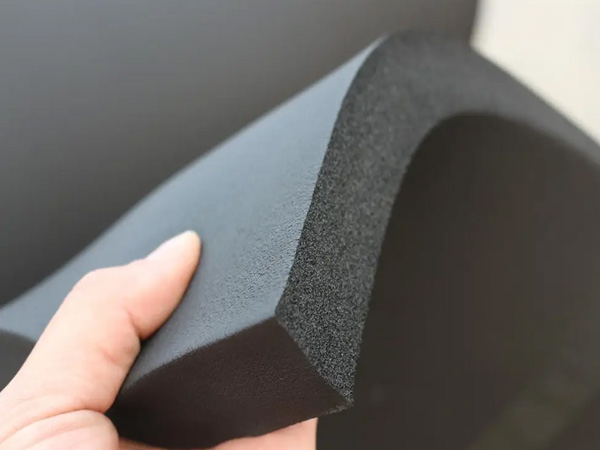
Rubber Foam Insulation Sheet – Product Introduction Premium Flexible Insulation for Therm...
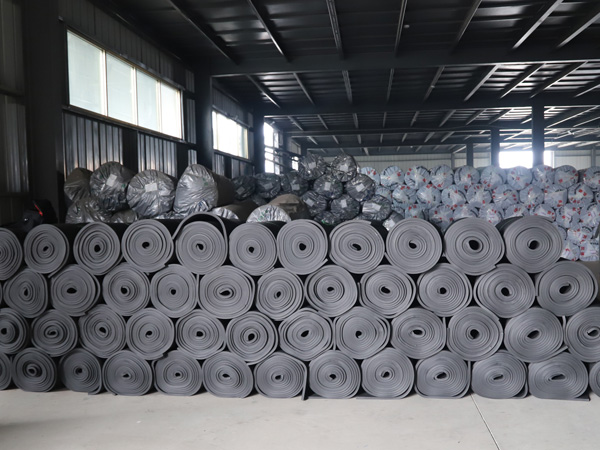
Specially engineered for refrigeration applications, ourElastomeric Rubber Insulationprovid...



